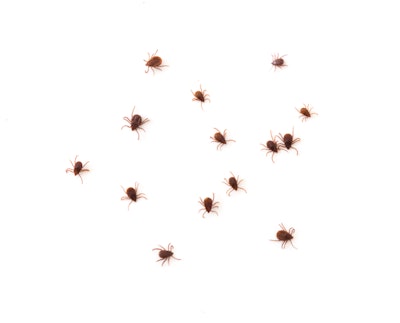
Soft ticks could help spread the African swine fever (ASF) virus across the country should it be introduced to the U.S., according to research from the University of Florida.
Unlike hard ticks — the arachnids known for latching on to hikers and the like for a blood meal — soft ticks infest the nests of animals and feed through brief bites. They're known to help transmit the ASF virus in Africa, but it was unclear whether the species of soft ticks present in the U.S. could also carry the disease, according to Samantha Wisely, a professor of wildlife ecology at the University of Florida.
To determine whether they could, researchers initially took soft tick species present in the U.S. to a lab, where they intentionally infected the ticks with ASF. When the infected ticks fed on pigs, the pigs later developed the disease, confirming the ticks could transmit the virus.
The University of Florida later collected ticks from around the state and sampled the contents of their stomachs for the presence of swine DNA, to determine whether the ticks were already feeding on wild boar. They detected the swine DNA in about 20% of samples collected.
The positive samples came from collection sites across the state, suggesting that the soft ticks that feed on wild boar are widely distributed in Florida, Wisely said.
“We still don't think (ticks) would be the major mode of transmission for ASF” in the U.S., Wisely said, adding that direct contact between pigs or contaminated pork products still pose the greatest risk.
However, it would be difficult to eradicate the disease if it found its way into soft tick populations, because soft ticks are found throughout the U.S., she said.
Wisely said her team is working on recommendations to the U.S. Department of Agriculture, so the agency can incorporate the ticks into its plans for controlling ASF in the event of an outbreak.
“Early detection is the key,” she said. “And making sure that if it is detected, there is a rapid response to wipe it out immediately so that it doesn't get into ticks, it doesn't get into feral swine, and it is taken care of before it can spread.”















